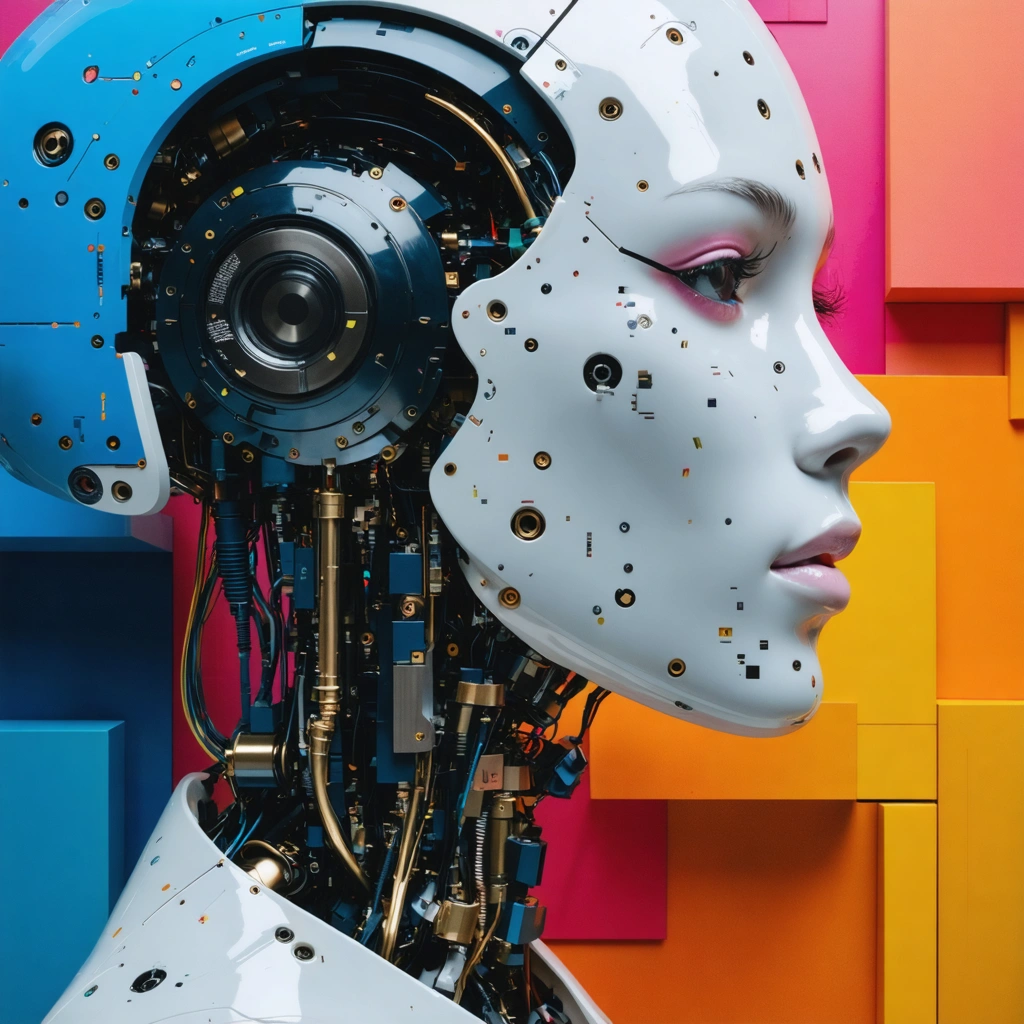
Introduction: The Changing Landscape of AI Ethics
In today’s fast-paced technological era, organizations redefine how they work with artificial intelligence. Companies like H&M Group lead the way by actively exploring the relationship between innovation and ethical responsibility. First, executives at H&M Group embrace AI as a powerful tool, and they challenge themselves to master both technical prowess and moral insight. Moreover, they combine governance with a human touch so that every decision touches both brains and hearts. Consequently, their journey inspires many industries to reimagine their moral frameworks while keeping pace with constant innovation.
The Experimentation Ethic: Beyond Rigid Rules
H&M Group demonstrates that traditional cybersecurity measures and inflexible rules struggle against the dynamic realm of AI. Instead, the company initiates an “ethics of experimentation” that helps people learn on the job. For example, their approach requires employees to examine concrete cases instead of merely debating abstract principles. Additionally, the organization uses trial, error, and re-evaluation to manage ethical dilemmas. Therefore, they encourage moral learning by practicing responsible decision-making in real-world scenarios. Ultimately, this approach stimulates creativity and builds a resilient ethical culture.
Concrete Elements and Institutional Tools
H&M Group pioneers a threefold method. They include:
- Debate on Concrete Examples: Employees engage in lively discussions to understand actual ethical challenges.
- Rules as Tools: The team uses digital ethical principles to guide critical evaluation rather than enforce rigid judgments.
- Institutional Ethical Infrastructure: The company sets up safe spaces for debate and reflection that foster collective moral reasoning.
Furthermore, the company includes a table that compares traditional ethics with their experimental approach:
| Aspect | Traditional Approach | Experimental Approach |
|---|---|---|
| Guidance | Fixed rules | Dynamic inquiry |
| Decision-making | Predefined instructions | Context-based evaluation |
| Adaptability | Slow to change | Continuously evolving |
These instruments help shape a moral compass in turbulent times and provide staff with actionable insights.
Moral Learning and Debate Infrastructures
H&M Group builds its ethical culture by fostering environments where employees actively debate real issues. In early sessions, the Ethical AI Debate Club allowed participants to tackle story-driven dilemmas. Initially, employees experienced a safe space that stimulated curiosity and encouraged open-mindedness. Subsequently, they confronted scenarios requiring insightful judgment. Therefore, the organization makes space for dissenting voices and collective reflection to nurture continual moral improvement. Each discussion challenges preconceived ideas and motivates colleagues to reexamine the implications of their actions, thus empowering them to assess moral complexities with fresh perspectives.
Case Study: Mauricio the Chatbot
H&M Group introduces Mauricio, an AI-powered chatbot that advises customers on fashion while handling sensitive personal data. The narrative unfolds as Mauricio interacts with young audiences in a friendly and humorous manner. However, he collects personal details that pose ethical questions. For instance, employees ask:
- Should the company use sensitive data beyond consent?
- Can the chatbot’s interactions be ethically justified in light of privacy concerns?
- How does one balance innovation with moral responsibility?
Interestingly, these discussions foster ethical agility rather than imposing strict prohibitions. Hence, the case of Mauricio illustrates the necessity of continuous moral evaluation in every interaction with AI.
The Way Forward: Practical Steps for Organizations
H&M Group continues to refine its model, and other companies draw inspiration from its efforts. Leaders adopt a narrative strategy that emphasizes continuous moral learning. Accordingly, the company recommends several action points:
- Engage with Concrete Scenarios: Have teams discuss relatable, real-world dilemmas instead of vague abstractions.
- Utilize Rules as Analytical Tools: Encourage employees to explore moral questions without dictating absolute responses.
- Create Safe Institutional Environments: Design debate sessions that promote diverse viewpoints and collective reasoning.
Furthermore, organizations witness continuous improved outcomes when they combine agile experimentation with thoughtful analysis. In addition, they develop a resilient moral infrastructure that supports decision-making in rapidly changing technological landscapes. Ultimately, companies progress on a journey marked by incremental improvements that rely on learning from past experiences without seeking perfection.
Conclusion: Navigating Ethical Innovations Together
In summary, H&M Group’s AI ethics strategy teaches us that responsible AI requires a flexible, learning-oriented approach. Leaders take bold steps by integrating digital principles, open debates, and safe environments for ethical discussions. Consequently, organizations can cultivate a collective moral reasoning that adapts to emerging challenges. Moreover, by prioritizing moral learning, companies build a future where technology and responsibility coexist harmoniously. Indeed, this narrative reminds us that ethical decision-making remains a journey and not a fixed destination. Hence, as AI evolves, so must our strategies to govern it, ensuring that innovation serves humanity with care and insight.


